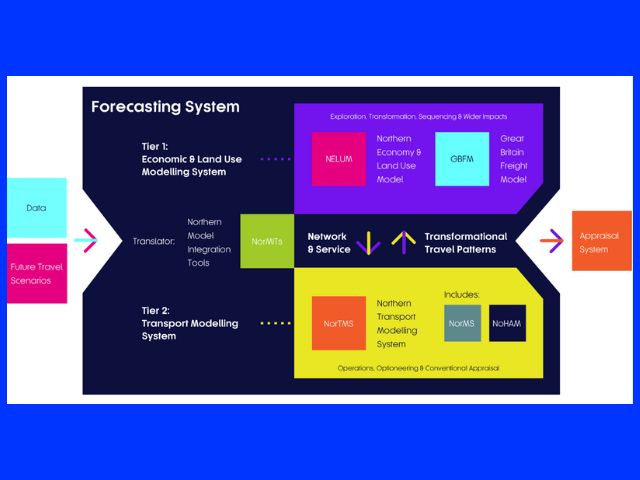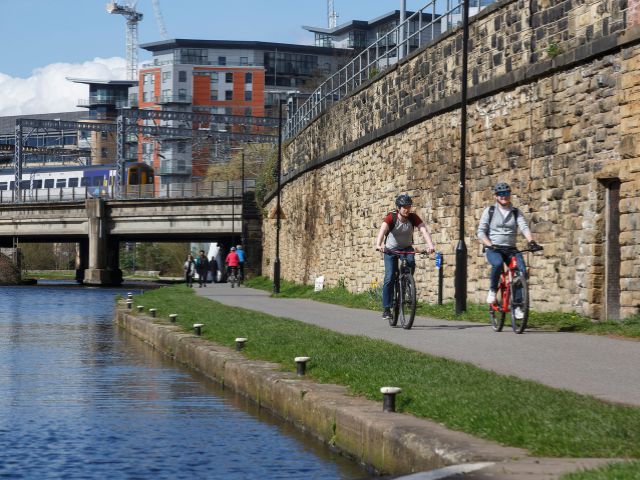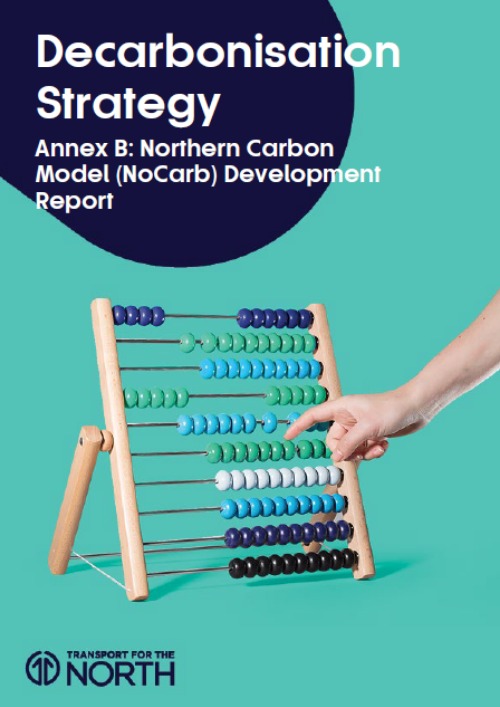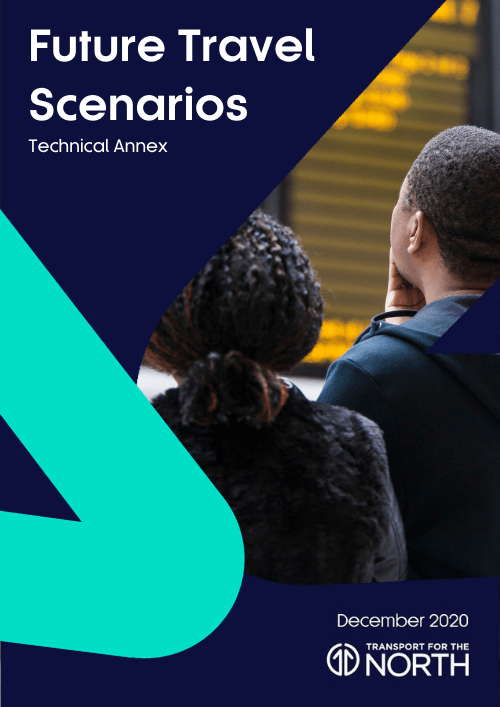Our Transport Analysis, Modelling and Economics (TAME) team provides analytical evidence and narrative into transport strategies, policy positions and business cases, for Transport for the North (TfN), the Department for Transport (DfT) and other Northern Partners. The team is dedicated to creating innovative modelling and appraisal approaches, along with tools that illustrate how transport can contribute to economic benefits. This goes beyond just time savings and productivity, but also encompassing aspects of social inclusion and sustainability.


TAME team’s driving vision is to represent the North’s communities and their geography within the transport models and for those to inform and evidence national business cases and policies.
We understand that aggregated data at national scale mask individual and spatial needs and those are simply not accounted for within traditional models thus we are working with our partners to introduce the geographical nuances within the models.
TAME have built a comprehensive transport data bank for studying and providing evidence to shape individual projects and policy documents. This covers base year land use analysis and place-specific information for strategic case analysis.
Transport modelling involves creating a computer-based representation of the real transport system. This platform allows us to forecast future transport demand and to test and explore schemes and policy changes before deciding on their implementation. TAME built the Analytical Framework which enables us to forecast the impact of changes on travel times, congestion, rail network crowding, and the impact on people’s residential and work locations.
Transport models often help evaluate transport schemes by conducting an economic appraisal. This involves using the value of time to convert a change in journey time into monetary terms for calculating scheme benefits. These benefits are then compared to scheme costs, resulting in the calculation of a benefit cost ratio.
Transport projects in England seeking central government funding must adhere to the Department for Transport’s Transport Analysis Guidance (TAG), ensuring that model forms and economic calculations align with their specified guidelines.
TAME’s Analytical Framework is a collection of data, transport models and tools which form a comprehensive framework for understanding and predicting economic, social and environmental impacts of a transport scheme in the North of England.
Analytical Framework

TAME has built the Analytical Framework as a set of modelling tools to meet the requirements set out in Department for Transport’s Transport Analysis Guidance (TAG) with the addition of the distinct local characteristics of the North.
TAME’s Analytical Framework can therefore support a variety of programmes and policy statements across TfN.
Built using a systems approach methodology, the data, evidence and insights from Analytical Framework supports every corner of TfN, including the Strategic Transport Plan, the Decarbonisation Strategy, EVCI tool, Future Travel Scenarios, Rural Mobility work, TRSE, Strategic Rail and Major Road Network activities.
Transport modelling plays a critical role in shaping transport policies, optimising infrastructure and ensuring that transport systems meet the needs of the Northern communities whilst considering their economic, environmental and social impacts.
The role of our Analytical Framework is to provide a systematic and consistent approach to understanding how the Northern transport systems function, and how they interact with various factors.
The Analytical Framework is used to generate evidence and insights that helps TfN make the case for improvements in connectivity to support inclusive and sustainable growth.
Key aspects of the role of our Analytical Framework include considerations and impacts of transport on travel behaviour, land use planning, environmental and economic impacts as well as transport policy assessments.


The Analytical Framework has been built with local insight coming through exchanging data with partners and their feedback, and these tools are now being shared to help them build their own capabilities.
There are two ways we are planning to improve our partner collaboration to aid the transport system in the region. This is through:
We know people from different places and of different characteristics make different trips but unfortunately transport models that support a lot of business cases are done using aggregated data at national scale and these data mask individual and spatial needs and are simply not accounted for when national averages are used.
At TAME we take care to assess the national models, identify their limitations and see whether we can overcome them by introducing the local insight to provide more geographical context to ensure there is a better representation of the North in the strategic transport models.
We believe geography and spatial insight is very important when looking at transport and its wider impacts. Through our spatial insights, we can enable more informed decisions, a more effective policy prescription and more effective, targeted approaches.
Please click on the links below to learn more about our TAME work.

This report outlines the development methodology for TfN’s NoCarb Tool: a vehicle fleet model that produces a baseline estimate for surface transport emissions in the North

This sets out how we have represented the Future Travel Scenarios within the TfN’s Analytical Framework, the detailed results behind our Future Travel Scenarios, and our nex
Are you a local partner, an analyst or a transport professional who wants to get more involved and help us shape our tools? Join our regular bi-weekly Analytical Assurance Group meetings, Thursday at 10.00 via Teams.
Click here to sign up.
CLOSE POPUP [X]